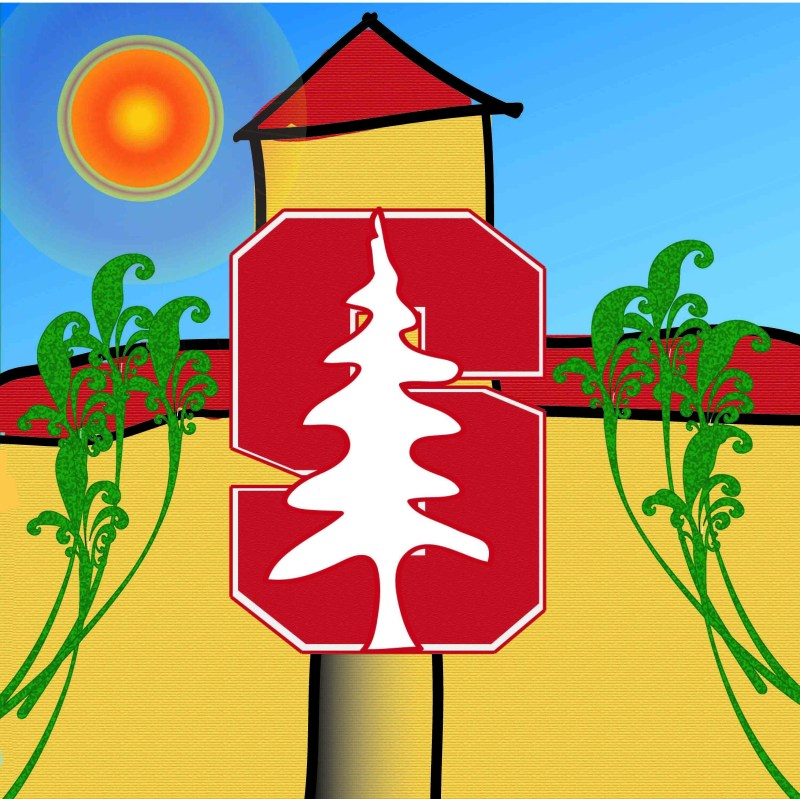
Stanford students work with — and as — mentors this summer
From developing open platforms for educational start-ups to helping empower at-risk youth in Redwood City, several Stanford students working at Stanford or in the Bay Area this summer are fostering close mentorships as part of their summer work.
Joseph Abbott ’14, a computer science major currently living in Crothers, hopes to hone in on his interests in computer science and education through an internship with Root-1, an educational start-up based in Mountain View. He complements this internship with tutoring on the side.
Just one year since its founding, Root-1 has tested new platforms for education with charter schools around the Bay Area. The start-up focuses on middle- and high school-level content and creates applications with an open platform for teachers to add original or available content to games. Subjects range from vocabulary and sentence structure to mathematics.
One of the most definitive aspects of Abbott’s experience this summer is his close work with several ex-Google engineers in his company.
“We found out that every engineer had one intern matched up,” Abbott said, adding that because of this, his learning experience so far has much more enriching and demanding than previous summer jobs. Last summer, Abbott tutored in his hometown in Texas.
“My appointed engineer and I actually have a lot in common, and I think that’s why we were paired up,” he said. “He is extremely thorough and pays great attention to detail. That is something I really appreciate as a novice in programming who is just trying to get a feel for how industry-quality code looks and works.”
For Patrick Lee ’14, an intended chemistry major, his summer job performing research for the Department of Chemistry is his first real job. Lee received a Bing Grant to work in Professor Chaitan Khosla’s chemistry lab doing research on inhibitors of bacteria with a Type III secretion system, such as salmonella, yersinia and chlamydia. Lee says the project is vital because natural inhibitors of these bacteria are slow, inefficient and difficult to isolate.
For Lee, mentorships have also played a key role in shaping his success to date in his fellowship. A postdoctoral mentor has been overseeing Lee’s project, giving him tips on safety and teaching him relevant techniques, such as how to use nuclear magnetic resonance spectroscopy.
“I have a huge amount of respect for how he is able to attend to his own projects and help me out at the same time,” Lee said, adding that he found the general aura of excitement produced by the older mentors in the lab motivating.
“I really admire the enthusiasm and dedication of the graduate students and postdoctoral fellows in the lab,” said Lee. “It’s truly exciting to know you’re in the midst of cutting-edge research, and it’s inspiring to see such commitment from the lab members day in and day out.”
Michael Celentano ’14 is a research assistant for Physics Professor Giorgio Gratta, doing research on radiation oncology. Celentano is studying how tumor motions affect radiation.
Celentano says he is excited about his summer research this year, which is much more fast-paced than his physics research in summers past.
“The potential to help cancer patients is very exciting,” Celentano said.
He added that the products he is working on might be implemented in treatments in Stanford Hospital and Clinics.
For other Stanford students doing work in the area, mentorship is part of the job description itself.
Alemar Brito ’15 plans to pursue a career in education. He finds his community service work-study internship with Sequoia High School in Redwood City this summer well suited to that end.
Among his several roles at Sequoia, Brito teaches leadership and English-language development classes for at-risk ninth graders and English-language learner (ELL) students, respectively. He also works for a program that helps motivate troublesome students.
As one of his projects, Brito guides students in creating a documentary to help empower them through self-expression. He also heads resume and interview workshops for ELL students.
“[These students] have so much to offer,” Brito said. “[They have] experiences that many people do not have, but they feel that their lack of English skills hinders them from reaching their dreams. It is my job to help them realize they can do it.”
Brito’s family background has encouraged his passion for service work and his affinity for fostering close mentorship positions with underprivileged youth.
“I come from a family where helping those who cannot help themselves is emphasized more than anything else,” Brito said. “My experience so far has been amazing. This is not my first time teaching kids, but this is the first time I have [taught] material that I find to be extremely crucial to the students’ development and identity creation.”
These student mentees and mentors urge other Stanford students looking into research or internship positions in the area to take advantage of opportunities by scoping out best-fit on-campus research opportunities and internships. They also recommend fostering links with co-workers, who can often become close mentors or mentees.
“I would advise to be proactive and as dedicated as possible,” said Lee. “With these research experiences, you get out what you put in.”
